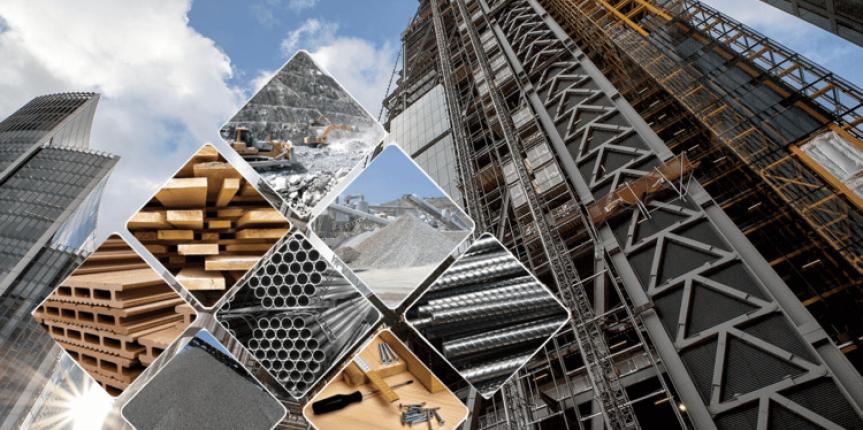
Estimating the overall material cost is the most important part of constructing a building. If mistakenly you overestimate or underestimate the materials, then you will be in a big crisis. To estimate the building material cost, you have to comprehend what things bother it. Besides the quality and quantity of the material, the location of the land’s construction and condition bothers the material cost. It’s up to you what quality of material you want.
Sometimes, even professionals can have complications while estimating the Cost of Construction materials. You must learn the market expense of materials in your area and have your research. Instead of being misled by any middle man, it’s always suggested to learn what your land per square foot costs in your locale. You also should have a basic idea of the price of construction materials. Some people nowadays, using inexpensive materials like Corrugated metals, used bricks, Concrete materials, stone veneers, etc. These materials don’t look cheap, but they are.
The estimating process is not a piece of cake at all. It includes research, measurements, planning, drafting, etc.
Tips to Estimate the Building Material Cost
Let’s have some tips on how to estimate the building material cost.
1. Start your Construction Project by Planning
When you are beginning your construction project, your first step will be planning. After drafting an initial plan of the project, you have to set your allowance. After that, you have to estimate the material cost according to the project and fix the budget.
For example, If you are going to construct a building in a 2880 square feet area, then the planning and the material cost will be different from the building in a 3420 square feet area. Without decent planning, you can’t estimate the material cost. The number of floors, interiors, fittings, and many other things relies on the planning.
2. Learn the Market
The primary materials used for construction are bricks, clay, sand, cement, grills, etc. You can’t estimate the material price if you don’t know the direct price of these things in the market. You have to know which raw materials are in demand along with the transportation costs and storage cost. You also must know about the alternative materials that come with an expensive look at a reasonable price and understand how to utilize those in your construction. The price of different materials will affect your planning also.
3. Don’t forget about the Labor Cost
People sometimes ignore that the overall labor cost is a big issue, and it’s not a last-minute manageable thing at all. Labor cost is connected with the material cost. You may need different kinds of workers for different works like some are only for construction, some are for painting, some for the floor work, some to paint or for fittings and that goes on. You may also require engineers, interior designers for your project.
So, it’s better not to ignore them. When you’re estimating the material cost, it’s vital to have an idea about the labor cost to make the materials valid.
4. Roofing Material Calculation
To estimate your roofing material cost, you have to find out the roof surface’s overall square footage. Let me tell you, for per square of 100 square feet area, you will need three bundles of shingles as an average bundle covers 33.3 square feet. You can multiply length and width to measure the square footage of every place.
Calculating the roofing elements is an important step to estimate the overall material cost. It’s completely up to you either you’ll select a cheap material for roofing like Asphalt, or you’ll prefer an expensive Slate roof for your building.
5. Eyes on other details and U.C.E
There are many minor things in construction that people ignore sometimes, but these things matter when estimating the material cost. These things like wall framing, sheathing can affect your allowance. You can use the unit cost estimation (U.C.E) technique to make things manageable. This technique may not be accurate, but it’s undoubtedly the easiest way to begin with a single unit and later multiply that with the entire area.
